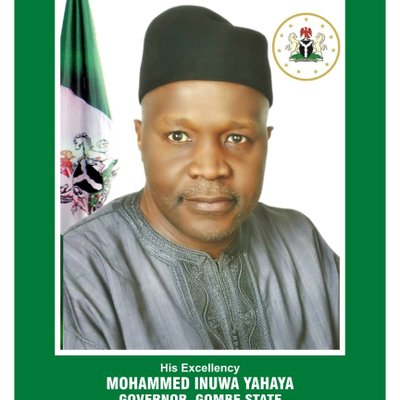
His Excellency, Muhammadu Inuwa Yahaya, CON, Chairman Northern Governors' Forum
State Governor
About Gombe
Gombe State was formed in October 1996, from part of the old Bauchi State by the Abacha military government. The state is located in Nigeria’s Guinea savannah and Sudan savannah belts. Undulating hills, sandy rocks, and a few volcanic rocks make up the landscape. Its location in the north eastern zone, right within the expansive savannah, allows the state to share common borders with the states of Borno, Yobe, Taraba, Adamawa and Bauchi. The state is nicknamed the “Jewel in the Savannah.” The state has an area of 20,265 km2 and a population of around 2,365,000 people as of 2006. Geographically, the state is within the tropical West Sudanian savanna ecoregion. Important geographic features include the Gongola River, which flows through Gombe’s north and east into Lake Dadin Kowa, and part of the Muri Mountains, a small range in the state’s far south. Among the state’s nature are a number of snake species including carpet viper, puff adder, and Egyptian cobra populations along with hippopotamus, Senegal parrot, and grey-headed kingfisher populations. Gombe has two distinct climates, the dry season (November–March) and the rainy season (April–October) with an average rainfall of 850mm. Gombe State is a host to a large population of farmers and has a huge potential for scaling development through significant investment in agriculture as the mainstay of the economy that engages over 75 percent of its population. The State is headed by the Executive Governor Muhammadu Inuwa Yahaya and also has 24 State House Assembly members. Gombe has 11 Local Government Areas and 14 Emirates/chiefdoms. It has 3 Senators and 6 Members in the National Assembly (Nigeria).
Major Environmental Challenges in Gombe State That Are Linked to ACReSAL Project Development Objectives Include:
- Flooding – Desert encroachment – Drought – Soil erosion – Gully erosion – Farmer/Herder conflicts – Over grazing and deforest – Climatic Change (heatwave, windstorm, long dry season, fluctuating rainfall regime)


